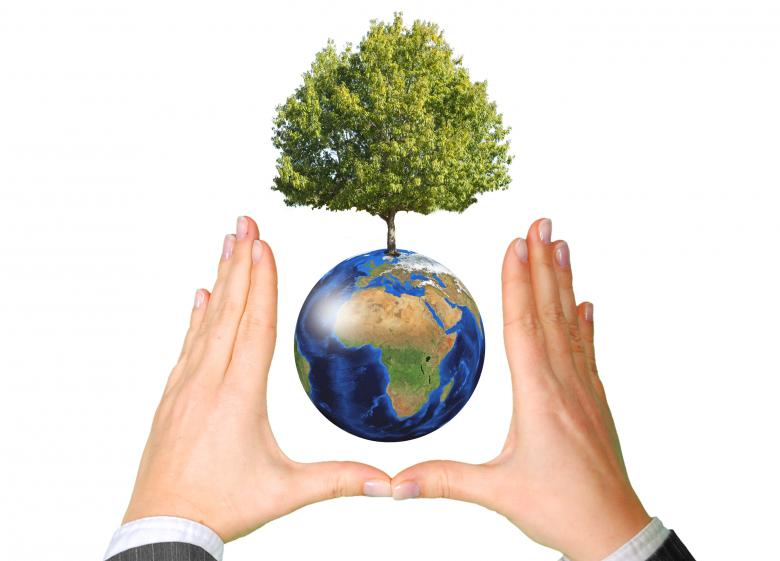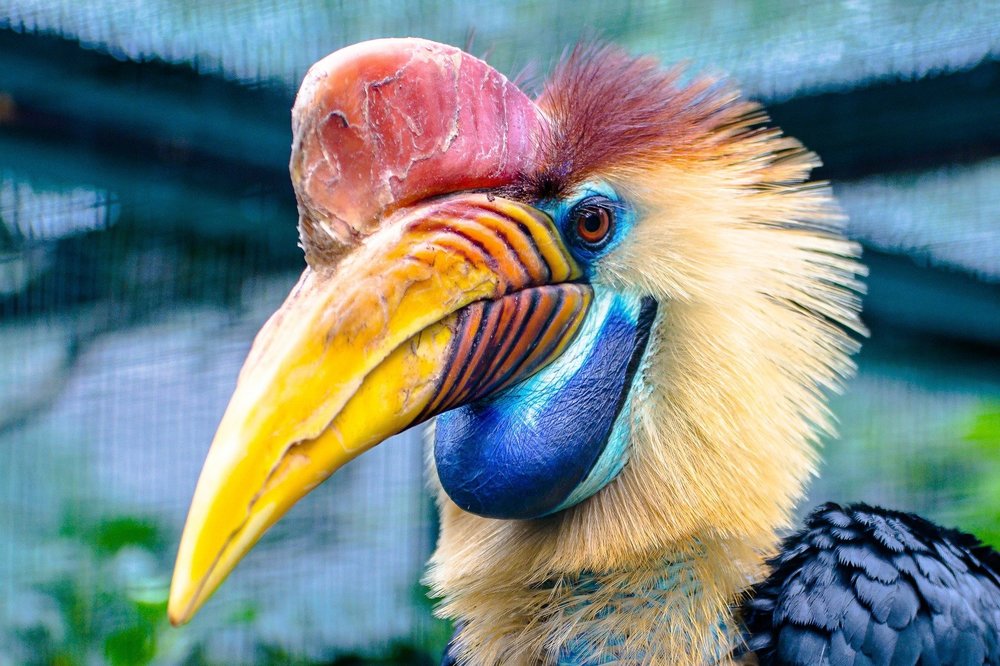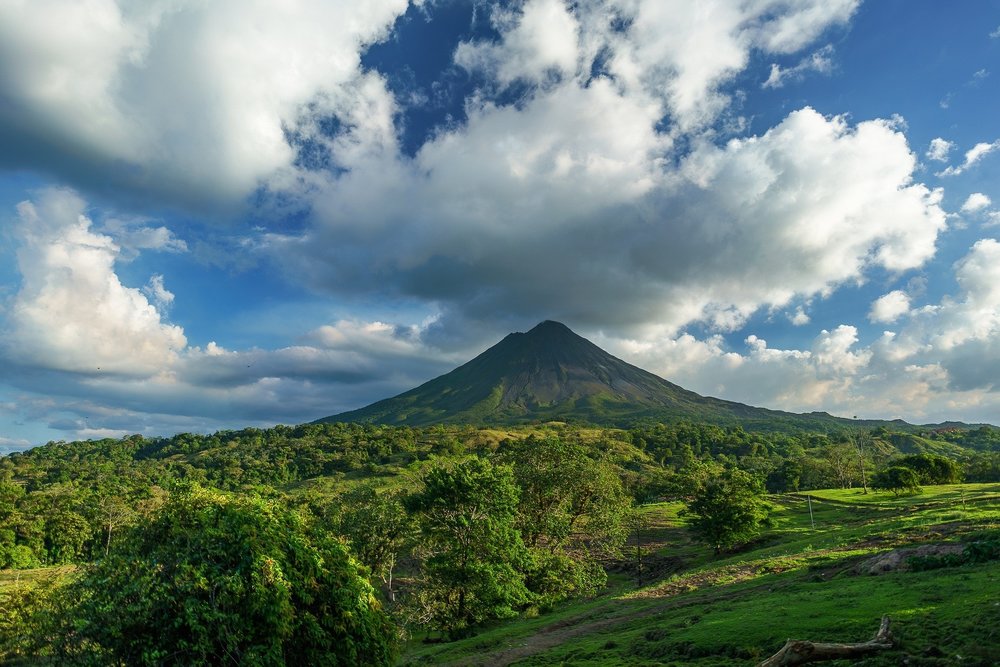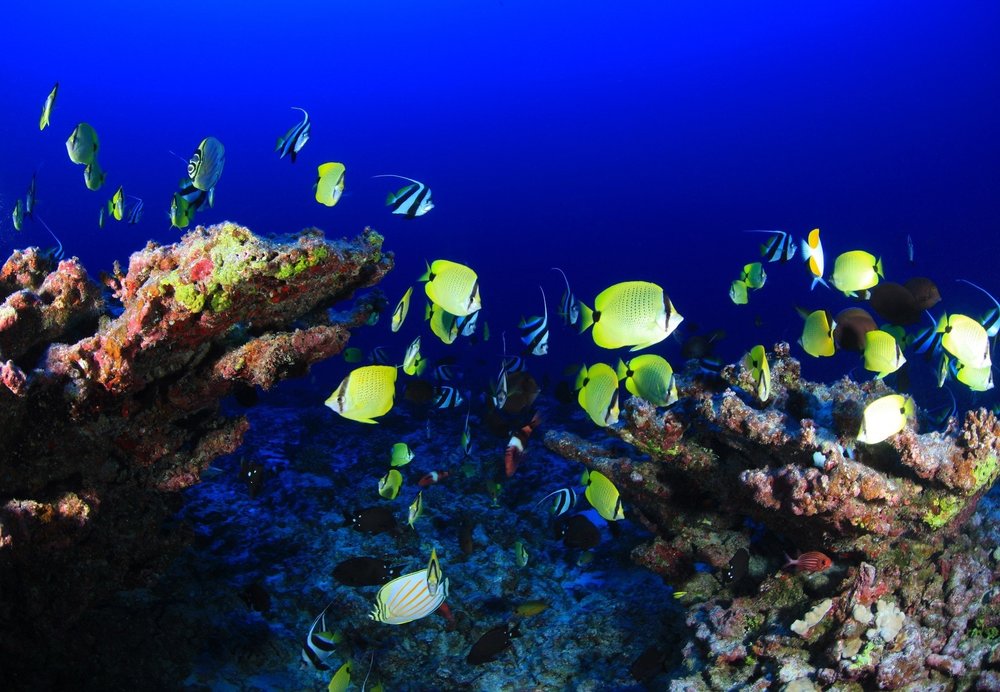Top 2017’s Environmental Success Stories

Every year we hear about the environmental struggles we are trying to overcome and the tragedies that have occurred. With all the negative stories surrounding sustainability and global change, it can be difficult to feel as though you are helping the environment. The negativity surrounding environmental issues can make it feel like a lost cause. However, the whole year isn’t filled with one great tragedy after another, there are plenty of scientific achievements and environmental progress that occurs course over the year. Unfortunately, these stories are not reported as frequently as disasters or somber tales. Here at Enji we believe it important to remember how far we have come. So, we dedicate this post to yesterday’s Earth Day. We have compiled a list of what we believe to be great successes in environmental causes.
1. Rare Wildlife is Bouncing back

The animals are making a comeback this year as increasingly undocumented groups of animals are being discovered in regions that they previously had either low or nonexistent numbers.
For example, the Helmeted Hornbill was discovered to have new and rich populations. This critically endangered bird gave scientists hope for future repopulation in western Borneo. Being considered nearly extinct due to poaching, these new numbers might just be the species saving grace.
It hasn’t just been the bird’s population that has risen, Grauer’s gorilla (Gorilla beringei graueri), tigers, Asian elephants, phayre’s langurs and at least 31 other species of mammals have all seen an incline in their populations or have had some type of population discovery. These small increases in their sizes gives a new hope to preventing their extinction.
2. Paris Agreement

Sustainable and environmental practices are a popular opinion, so when the US government did the exact opposite, and refused to be part of the Paris Climate Accord meant to bring about global change, people took matters into their own hand.
Many states made sure that their voice was heard and decided they will up hold the terms to the Paris Agreement. States such as Hawaii and California intentionally went out of their way to ensure that their commitment to sustainable and global change wasn’t thwarted by the voice of one misinformed government official.
California also joined forces with New York to form “America's Pledge” and hold themselves responsible to outlining sustainable practices. Other states such as Washington, Oregon, Virginia, and New Jersey have also joined the pledge and although they understand they can’t make up for the entirety of the United States, they are still determined to find a way to combat climate change and those who seek to oppose the scientific evidence.
Currently, more than half of the United States population has adopted the “America’s Pledge” movement and is being upheld by various states, cities, and even businesses that agree climate change is a global problem and not a singular solution. This just goes to show that no one can stand in the way of dedication for the environment.
3. Philanthropists and Companies Step Up

As briefly mentioned above, since the Commander in Chief of the United States has ignored outcry for sustainability, others have found ways to ensure their actions and voices are heard. One of the most impressive stories of 2017 is how big companies and philanthropist have taken matters into their own hand.
For example, the Gates Foundation has planned to spend $300 million in grants to support research and aid to African and Asian farmers. These funds will help the farmers adapt their farms to climate change. Other companies, such as the William and Flora Hewlett Foundation have pledged monetary donations over the course of years to help bring solutions to nonprofits working on combating climate change.
It’s not just companies who are taking a stand for global impacts. Other philanthropist have also pledge large donations to conservation efforts. Leonardo DiCaprio has announced $20 million in grants to local and global nonprofit organizations. While the Gordon and Betty Moore Foundation has announced a five-year, $50 million grant to similar causes.
4. Costa Rica obtains Sustainable Landscape Programs

Costa Rica has been able to develop its first system to monitor changes in land use and ecosystem health. Thanks to the help from Dr. Randy Hamilton, a Climate Fellow based with Department of State support.
SilvaCarbon, the new system, provides additional U.S. technical help and support. Various other programs and partners have also helped Costa Rica protect its land such as the U.S. Sustainable Landscapes programs.
Costa Rica is now better equipped to protect its astonishing and breathtaking forests and animals. Not only is this protection vital to hundreds of creatures, but also to the population of Costa Rica. A healthy forest can help provide livelihoods for millions of people who depend on the rich bounty and flora of their nation. A protected forest can help enrich the country and offers refuge to animals affected by global warming.
The U.S. Department of State’s Sustainable Landscapes programs have teamed up with many private and public sectors to help protect over 880,000 square miles of forests and other ecosystems.
5. Large Marine Reserves were Created

There has also been much improvement in the sea as well. Several islands and countries have started designating parts of their oceans to marine life and preservation. Niue, a small island in the South Pacific has established a new marine protected area that is roughly about 40% (49,000-square-miles) of their islands economic zone. They hope to protect their fish population and reduce overfishing.
But this little island isn’t the only ones making big waves (pun intended). Chile also joined conservation efforts and announced approximately 285,700-square-miles marine protection area around its eastern island in September. The Rapa Nui Rahui Marine Protected Area region is home to over 140 rare native marine species. This new zone will outlaw industrial fishing, mining, and other harmful activities.
Our southern neighbor, Mexico, also joined the trend and expanded their already established Revillagigedo marine park. In total the park is estimated to be 57,900 square miles, creating the largest reserve in North America. This park is designated to help shelter and develop sea creatures such as sharks, rays, whales, turtles, and other native species.
Sources:
https://news.mongabay.com/2017/12/top-10-happy-environmental-stories-of-2017/
http://www.dw.com/en/readers-choice-top-environment-stories-of-2017/a-41909874
https://www.unenvironment.org/news-and-stories/story/our-top-10-stories-2017
http://www.wwf.org.au/news/blogs/7-big-wins-for-the-environment-in-2017#gs.ABRiJJE





